KNIT MAGAZINE
What kind of processing is knitting?

- Post date:
- November 14, 2014 07:00
KNIT MAGAZINE


We translate with Google Translate. You can contact us if you have any question.
Good morning everyone. .. ..
In Fukuda, Chigasaki. Ah … it was Maruyasu yarn (laughs)
In November, the biggest event on Culture Day is the Shonan International Marathon! !! (9th)
It feels hot to see about 25,000 runners running through with their own feelings ^^
Shooting location R134 (from the front of Chigasaki baseball field) ⇑ The direction of travel is Enoshima ⇑
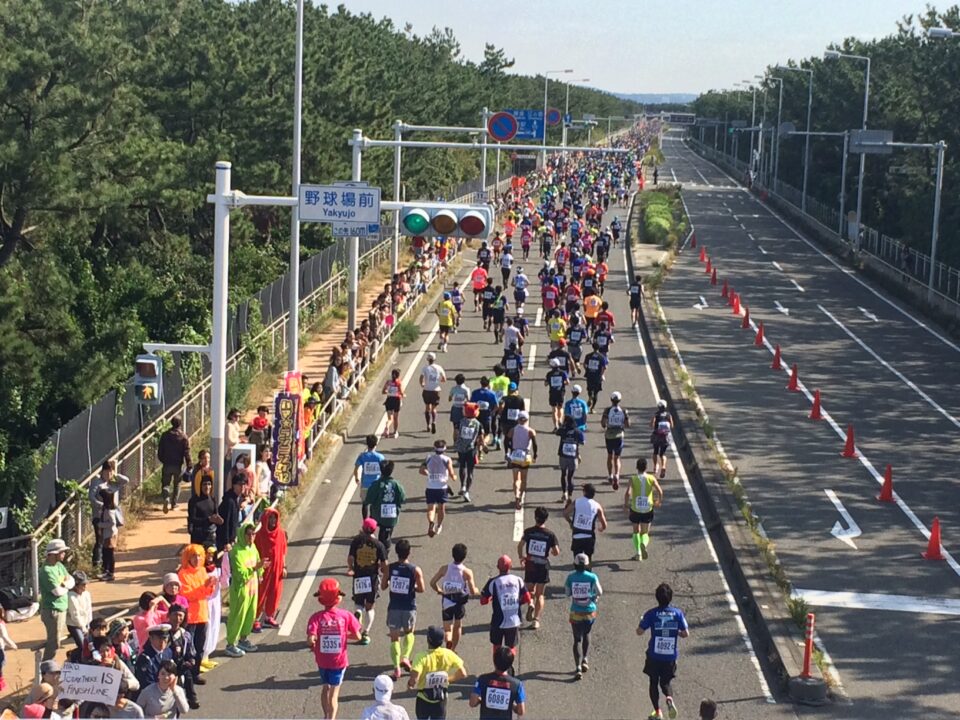
And when you cross the pine forest on the right side … you feel relaxed and local! !!
Marathon is good, but I’m still this ↓ ↓ ↓ this (laughs)
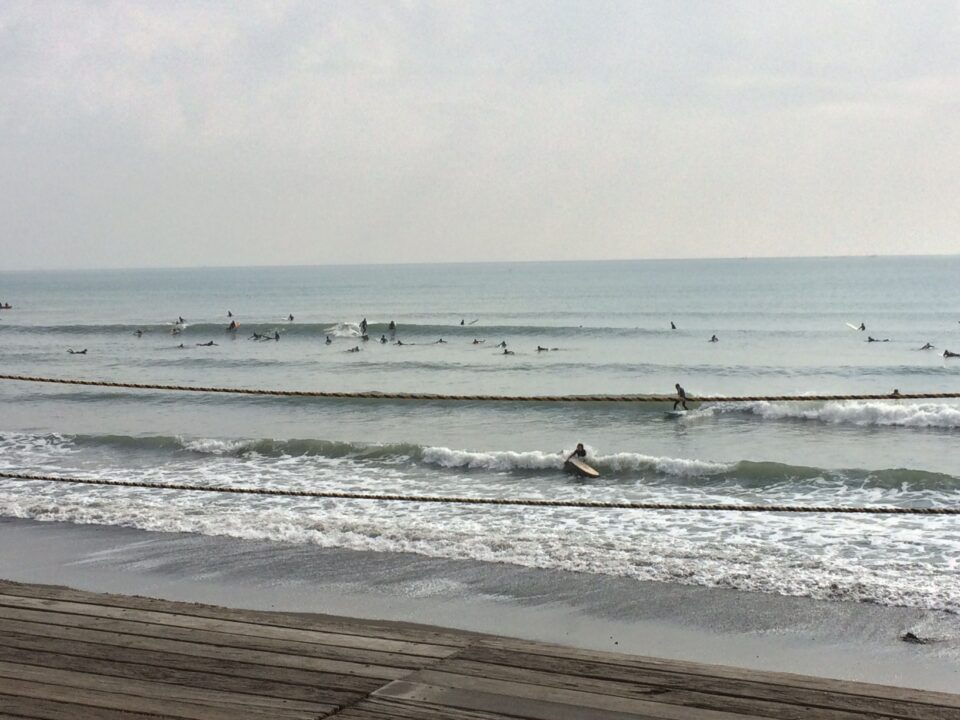
By the way, in the last blog, the material is also stressful and needs to be refreshed? That was the story.
The texture of knitwear is indispensable! This time, I would like to talk about such a crimping process! !!
Generally, it should be washed with water.
The basic processing method is ● light shrinkage, ● tetanic contraction, ● tetanic contraction, which are divided in stages and processed with basic hot water.
Select the appropriate processing method according to the material, knitting structure, and gauge.
For example: ● In the case of light shrinkage, it may be worsted spinning (shrink-proof / non-shrink-proof wool) (silk, cashmere blend, rayon blend), or
Processing that emphasizes swelling and sliminess. By reducing the processing time and the number of rotations of the washing machine
Minimize shrinkage (hair entanglement) and fluffing. The stitches can be seen clearly ↓ ↓ ↓ ↓
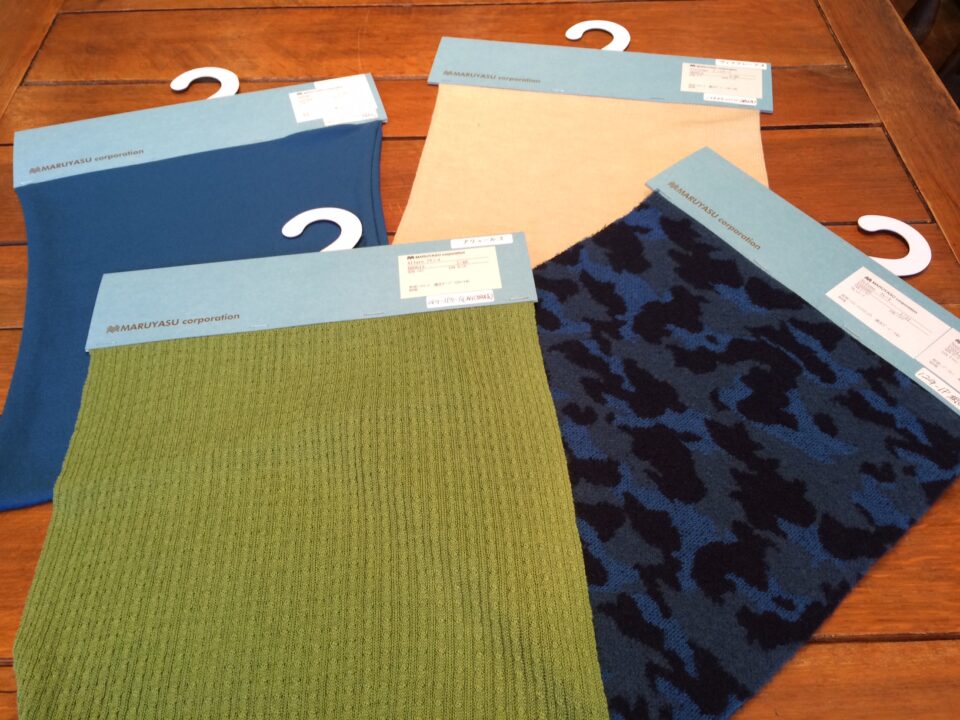
Next, ● In the case of fluffing, wool, cashmere, alpaca, animal hair blend, etc. made by spinning.
At the spinning stage, the used spinning oil remains in the material, so before making the texture
After underwashing (with detergent) and cleaning off excess oil and dirt, we apply texture processing suitable for planning.
It shrinks and is plump and hairy ↓ ↓ ↓ ↓
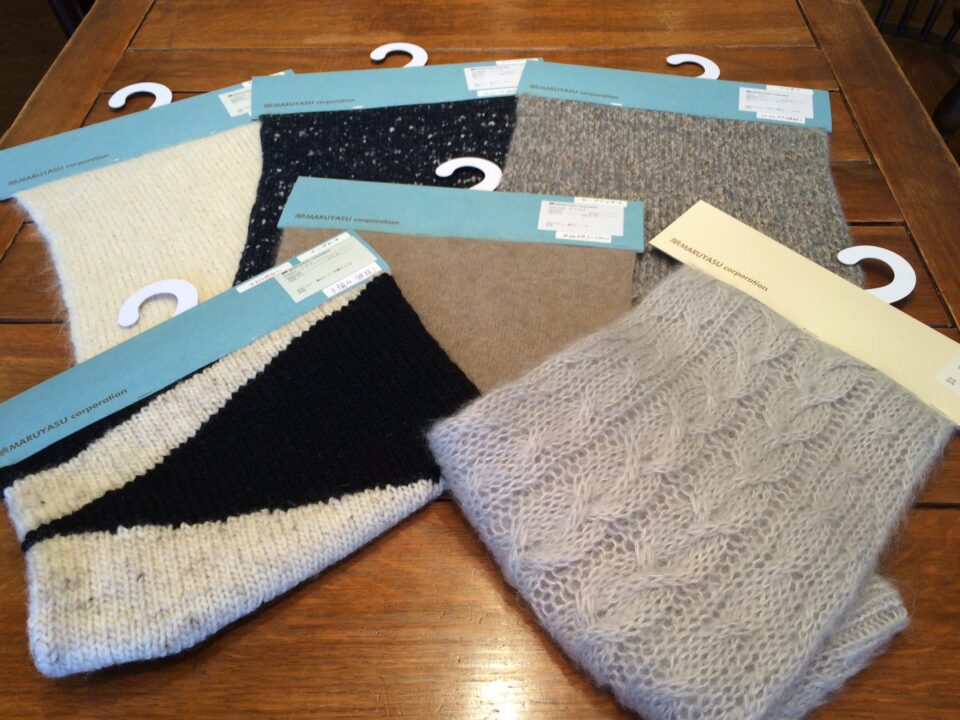
By the way, ● Tetanic contraction is processed by prolonging the processing time for washing and using the principle of contraction in which hair and hair are entangled.
The left side is a hanger swatch that has been tetanized, and the right side is a swatch that has been lightly contracted.
The knitted fabrics are the same, but the processing method alone can make such a difference!
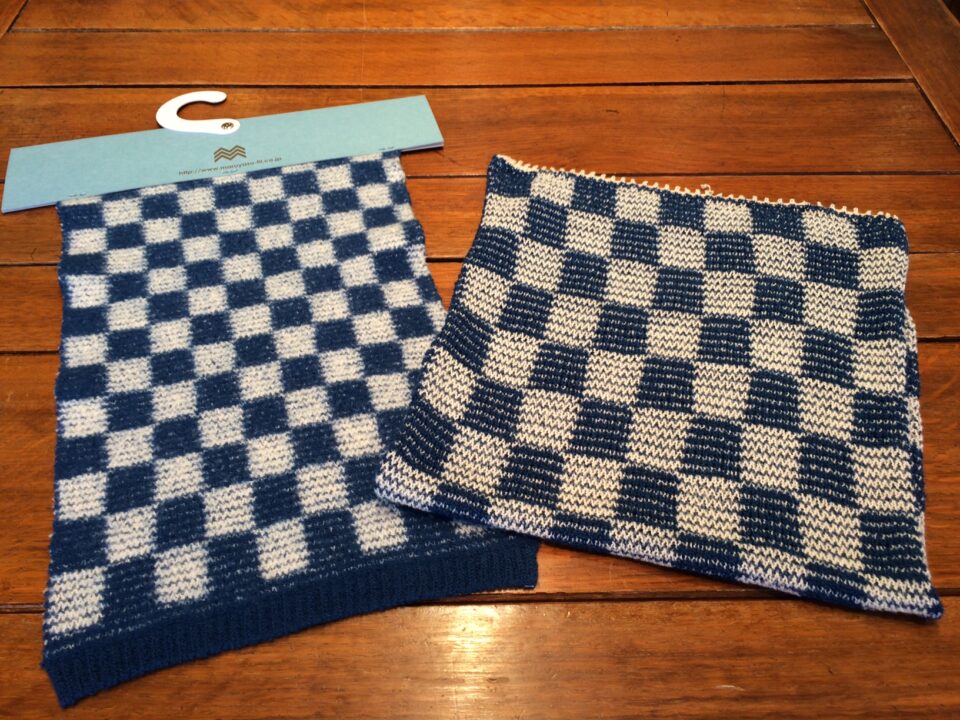
There are roughly three types of processing methods for crimping.
Other things I often hear are: ● Blanching (relaxation shrinkage refreshment), ● Soaping (cleaning with detergent),
● Softener soap (add a softener rinse after cleaning)
There is.
The texture of the knit is created, and it can be freely processed according to the material used, the knitted fabric textile, and the intended use.
It is attractive to be able to apply it!
The charm of such knits, the manufacturers who can process them
Here ↓ ↓ ↓ ↓
http://www.gosenknit.or.jp/seinenbu/member/maruya/
http://www.gosenknit.or.jp/seinenbu/member/nac/
Then, have a nice weekend (^^) v
Subscribe Now
To receive the latest updates and insights, subscribe to our newsletter.
Contact Us
For further inquiries regarding this article, please feel free to contact us.